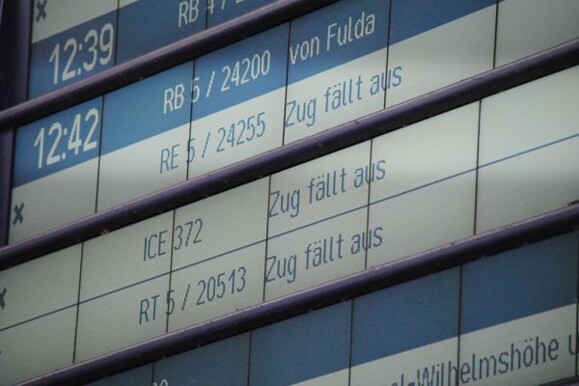In the course of Industry 4.0, the digitization of the rail system is playing an increasingly important role. Trains that run at shorter intervals, that are intelligently and automatically controlled in real time, and that recognize their environment and position through sensor technology—this is what the future of the railroad looks like. This requires comprehensive sensor technology as well as intelligent control logic to be able to record and process large quantities of data. One concept for a digital planning system is the use of a digital twin—a digital representation of a train, railway track, or both—which is used for real-time analysis and optimization of rail networks.
With the help of Digital Twins, operators are trying to achieve major efficiency gains. Expectations are very high: increased capacity, predictive and shortened maintenance, and detailed real-time information should be available without gaps. Using the pre-existing trackside infrastructure and cables of Deutsche Bahn, AP Sensing’s Distributed Fiber Optic Sensing (DFOS) technology is used to collect live data along the track. The fiber optic network and DFOS technology is perfectly suited to feed the neural system of a digital, acoustic twin of the rail network. Together with Deutsche Bahn and TU Darmstadt, AP Sensing is an innovation driver when it comes to a smart solution and high performing technology. Continuous sensing capabilities at every point along a rail track not only offer the capacity for train tracking, but also increase safety by monitoring train integrity and detecting obstacles along the track or quickly locating short circuits. This contributes to major increases in safety, efficiency, capacity and energy-saving train systems.
An essential advantage of the digital twin can be used for diagnosing the infrastructure – its memory. This makes it possible to analyze the history development of the acoustic signals of a route section or to relate and compare them with the signals of another section. AP Sensing’s Distributed Fiber Optic Acoustic Sensing (DFOAS ) technology keeps the digital twin alive and enables more clever or even smart maintenance measures. This also contributes to increased route availability and capacity in the future.
Overall, a fiber optic based acoustic digital twin of the rail network is an important component for increasing capacity and efficiency in the provision of sustainable and energy-saving mobility.
This is a short summary of an article from Global Railway Review (Volume 28, Issue 02, released April 2022).




